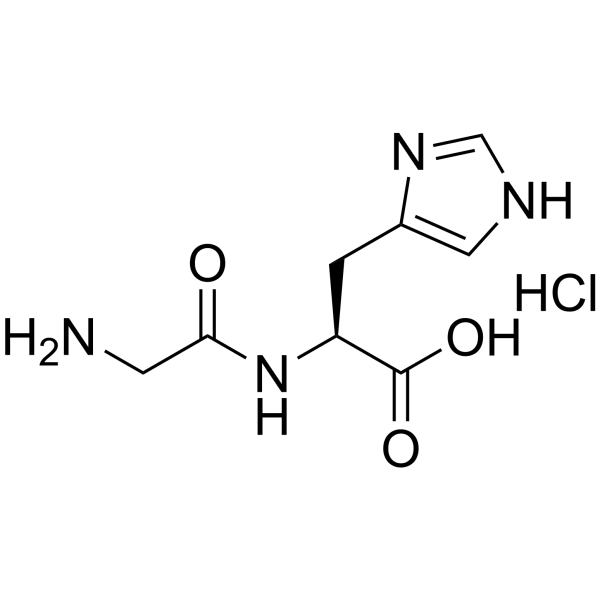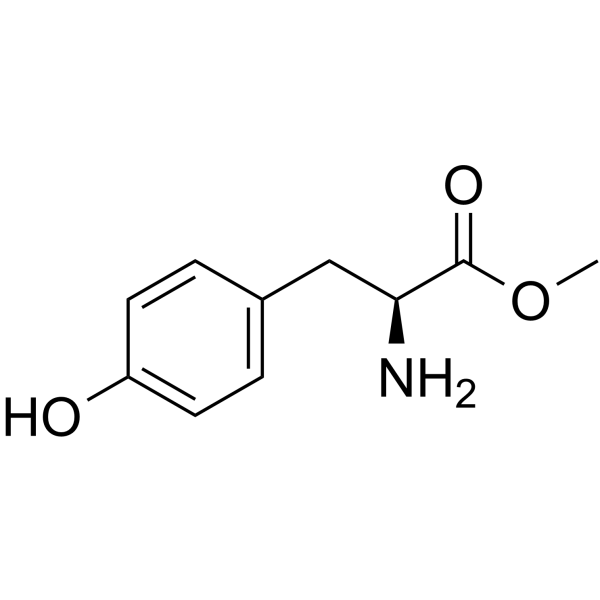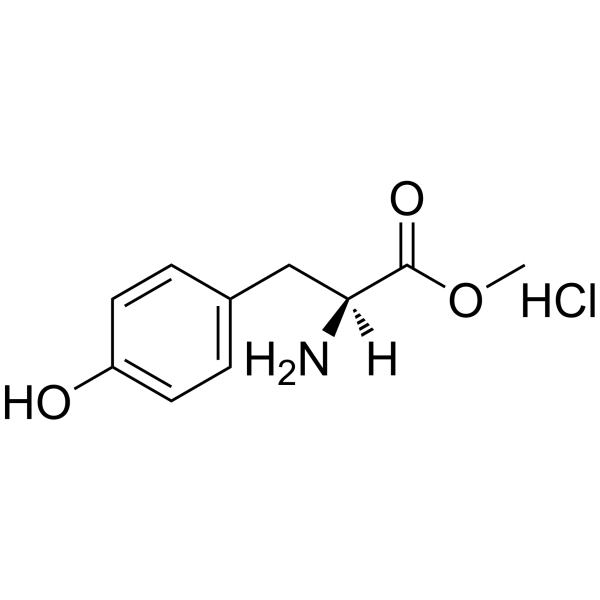| Structure | Name/CAS No. | Articles |
|---|---|---|
 |
H-Gly-His-OH · HCl
CAS:3486-76-8 |
|
 |
H-Tyr-OMe
CAS:1080-06-4 |
|
 |
Gly-His
CAS:2489-13-6 |
|
 |
H-Tyr-OMe.HCl
CAS:3417-91-2 |